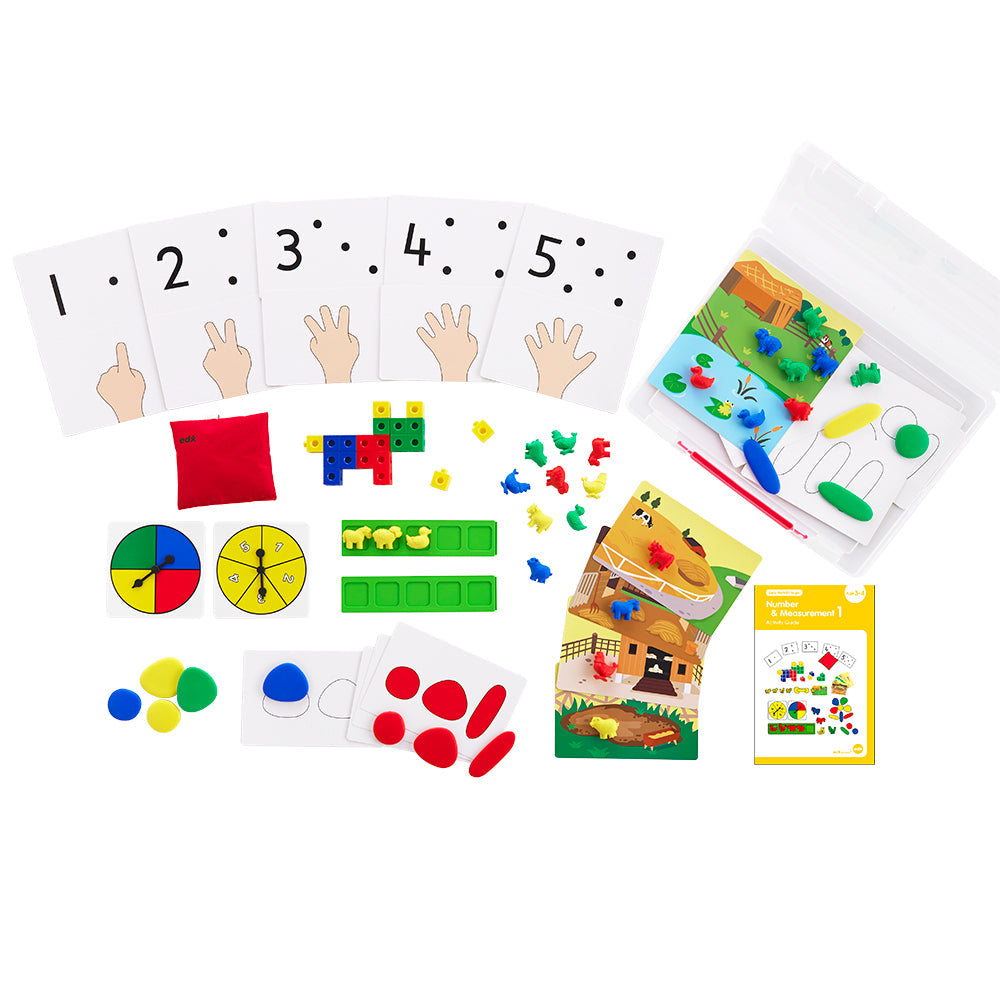
Have you ever noticed how children are drawn to repetition lining up their toys, clapping in rhythm, or arranging colours just so? This isn’t just play; it’s the foundation of mathematical thinking. Pattern recognition the ability to notice and predict regularities in the world around us is one of the earliest and most important cognitive skills children develop. And the best part? It can be nurtured through joyful, hands-on play.
At Edx Education, we believe that play-based learning helps children understand maths concepts in ways that feel natural and exciting. With open-ended toys like Pattern Blocks, Rainbow Pebbles®, and GeoStix®, children can explore the magic of patterns while building confidence in sequencing, logic, and problem-solving all key skills for early years maths and preschool STEM learning.
Why Patterns Matter in Early Years Maths
Patterns are everywhere from the stripes on a zebra to the rhythm of a nursery rhyme. Recognising and creating patterns helps children develop a sense of order and predictability, essential for understanding numbers and operations later on. When a child spots, copies, and extends a simple pattern (like red-blue-red-blue), they’re learning about sequencing the same thinking they’ll later apply to counting, addition, and even reading.
Pattern recognition also strengthens logical reasoning and memory. It encourages children to make predictions: What comes next? What happens if I change this shape or colour? These are the first steps toward abstract mathematical thinking.
Connecting Patterns to Rhythm, Art, and Nature
Pattern learning doesn’t just happen at a desk it’s all around us. Encourage your child to look for patterns in the natural world: the spirals in a seashell, the petals of a flower, or the changing seasons. These observations foster curiosity and help children see how maths connects to the world they live in.
You can also explore rhythmic patterns through music and movement. Clapping, tapping, or dancing in sequences builds both motor skills and an understanding of repetition and timing. Similarly, art-based pattern play like arranging shapes or colours in sequence nurtures creativity alongside cognitive growth.
At Edx Education, we love combining play, art, and learning. Tools like Rainbow Pebbles® can be used to create colourful sequences or nature-inspired mosaics, while Pattern Blocks let children experiment with symmetry and geometry through imaginative designs.
Play Ideas for Home and Classroom
Here are some easy and engaging ways to bring pattern play into your child’s daily routine:
1. Pattern Hunt: Go on a walk around the garden or neighbourhood and look for natural or manmade patterns brick walls, leaves, clothing prints. Take photos and discuss what makes each pattern unique.
2. Build and Copy: Use Pattern Blocks or GeoStix® to create simple shape patterns. Ask your child to copy your design, then make their own. This promotes visual memory and encourages creativity.
3. Rainbow Sorting: With Rainbow Pebbles®, children can sort by colour, size, or shape before creating their own repeating sequences. Add counting into the mix for an extra maths boost.
4. Rhythm Play: Clap or drum a simple beat and have your child repeat it. Then switch roles and let them lead. This strengthens listening, sequencing, and coordination skills.
5. Story Patterns: Use storybooks or daily routines to find patterns in language or actions like the order of getting ready in the morning or repeating phrases in favourite tales.
Building Mathematical Thinkers Through Play
Through playful exploration, children don’t just learn about patterns they learn to think critically, predict outcomes, and see connections across subjects. Pattern play builds the foundation for STEAM learning, preparing young minds to explore maths, science, and technology with curiosity and confidence.
At Edx Education, we’re passionate about helping children develop these essential early skills through our award-winning educational toys, downloadable resources, and our Play, Learn & Create with Edx Education podcast. Each moment of pattern play whether stacking, building, or creating helps unlock your child’s potential as a lifelong learner. Because when children play, they don’t just see patterns they begin to see the world in a whole new way.
by Heather Welch, Edx Education UK General Manager and author of Happy Children Play

